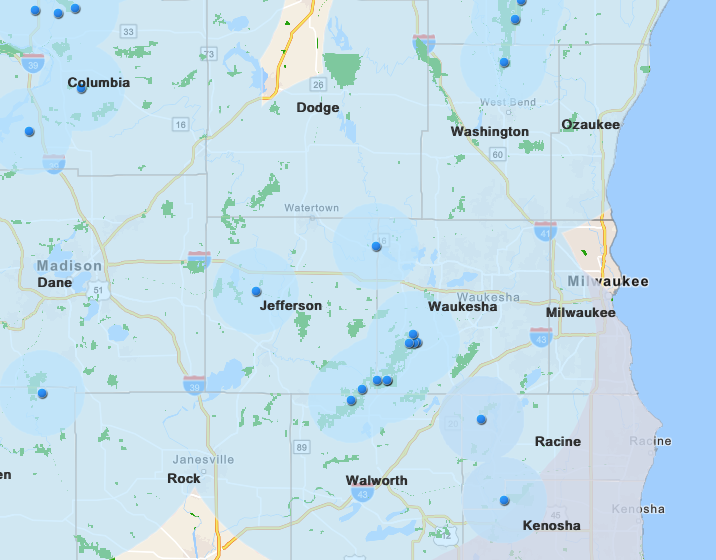The Wisconsin Department of Natural Resources (DNR) released earlier this month information alerting the public to risk of severe root disease in conifer trees.
According to the release, the public is asked to check needle-bearing trees for signs of a harmful disease and report their findings to the department.
Heterobasidion root disease (HRD), the release states, is a severe fungal infection that kills pines, spruces and other conifers in Wisconsin.
This fall, the public is being asked to watch for new, bright white growths on conifer bases, stumps, seedlings and saplings.
To find the fungi, one may need to scrape away needles and other debris.
The DNR is maintaining an online map showing known locations of HRD. Those noting suspicious findings are asked to report those incidents to their local forest health specialist, the release notes.
According to the map, confirmed cases have been found in both Jefferson and Walworth counties.
HRD can spread through connected conifer roots below ground and often shows up as clumps of trees that seem to die off one by one. The fungi are most visible on seedlings, saplings and tree stumps. HRD is a rot fungus that decays the wood of the roots and lower stem, so infected trees may have stringy yellow rot that causes the stems to break off, the release stated.
Preventing HRD is critical because it is challenging to control once it is established in conifer forests. New infections are most common when spores from nearby fungi land on freshly cut stumps, so using preventative fungicides on freshly cut conifer stumps is the best way to protect Wisconsin’s forests from HRD. Fungicides are mixed in water, so application is not possible when temperatures are below freezing, the release continued.
HRD is not the only health issue impacting pines. Several other insect and disease issues cause similar symptoms, so it’s important to correctly diagnose the cause of pine mortality before deciding on the best management approach, the release concluded.
For more information about HRD and other conifer diseases, visit the DNR’s Heterobasidion root disease webpage.

A map produced and regularly updated by the Wisconsin Department of Natural Resources displays areas within Jefferson and Walworth counties, among others, where confirmed cases of Heterobasidion root disease (HRD) have been found. The disease affects conifer trees. Additionally, the map shows 25-mile and 6-mile radius buffers around HRD locations. The purpose of this map is to help users determine whether a stand is within 25 miles or 6 miles of a confirmed HRD stand when the HRD stump treatment guidelines are used at the time of timber sale establishment. The full map is here: https://wi-dnr.maps.arcgis.com/apps/webappviewer/index.html?id=0593c3dd21c94fe9908c17e2e585d8ab.
This post has already been read 1951 times!